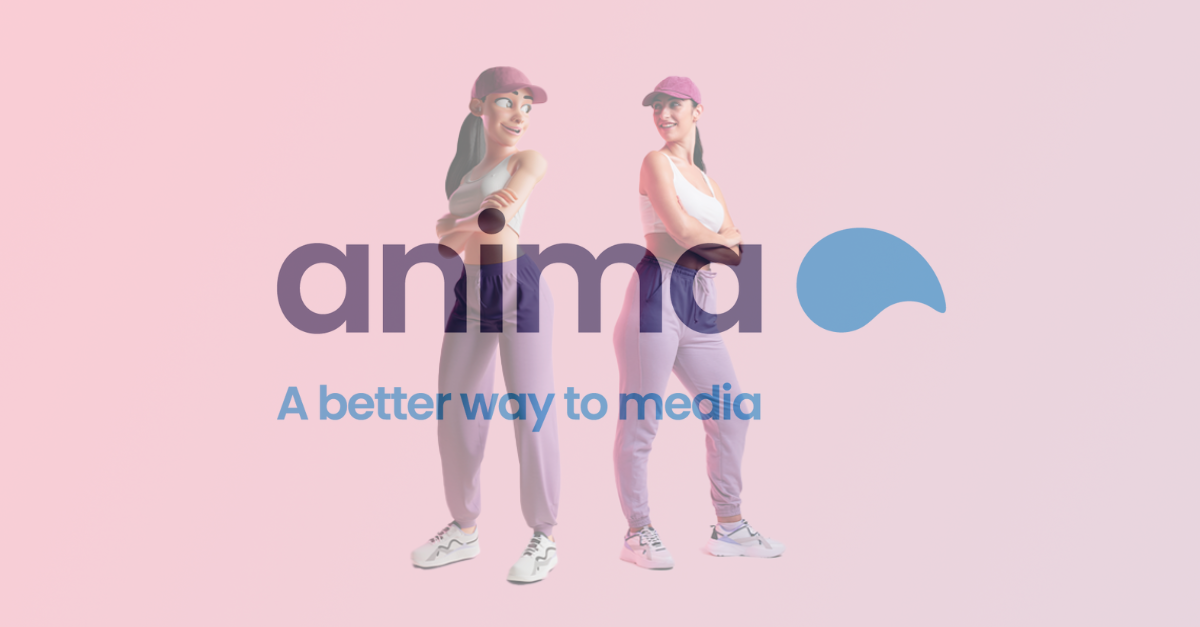

June, 2023
“Should my brand be thinking about entering the metaverse?” “How will advertising as we know it change in this new virtual universe?” These are some of the questions being pondered by brands looking for new ways to connect with an increasingly demanding public. If you’re wondering the same thing, just read on for a couple of minutes.
If you’re one of the few people who haven’t yet heard all the talk about the metaverse, here’s a quick run-down. The metaverse is a virtual ecosystem that combines technologies such as video games, augmented reality, virtual reality and 5G to create a parallel reality in which users have avatars and can interact with other users.
This represents a juicy opportunity for brands, since it would allow them to interact with consumers in a personalised way, creating the next level up from the social networks in terms of two-way brand-user communication.
One of the best opportunities offered by the metaverse is undoubtedly the ability to create virtual worlds that allow users to interact with brands in ways that are not possible in the real world and to experience its products or services first-hand, forming a stronger connection with the brand.
And, unlike live experiences, the metaverse is accessible to anyone with an Internet connection, which means that brands can reach a much wider audience. It opens up the possibility to connect with people they wouldn’t otherwise be able to reach.
Finally, by simulating real life, companies in the Metaverse could create truly unique brand experiences – an excellent way to increase brand perception.
One of the brands that has already entered the world of metaverse is Nike. The brand has launched Nikeland, a virtual space on the Roblox gaming platform, where users can personalise their avatars with the brand’s clothing and exercise through their avatars using the accelerometer in mobile devices. Nikeland offers mini-games in which users participate and try to advance in the game, and are rewarded with medals that allow them to buy more materials and to unlock virtual products.
Another brand that has tried out the experience is Gucci. Also using the Roblox platform, Gucci has created a virtual garden with several themed rooms inspired by the brand’s advertising campaigns, with the aim of creating awareness of the brand among younger customers. Visitors could enter a virtual lobby with their avatars, and view, try on and buy the brand’s digital items.
Unfortunately, although this vision is very exciting, it’s still far from being a reality. This new world that appears to have the potential to change the way in which we interact with other, is still in the exploratory stage and has three clear disadvantages.
First of all, there is not only one metaverse platform, but several, which makes it difficult to create a precise location. Secondly, and more importantly, the current number of active consumers in the metaverse is very low, which can limit a brand’s reach in this area. Thirdly, the creation of a brand location in the metaverse is very pricey.

Before taking such a big step, you have to consider all the variables that come into play. We suggest that, before launching yourself into this world, you ask yourself the following questions.
To sum up, the metaverse is a new opportunity for brands to create innovative experiences in the digital age, but its audience is not yet present in the virtual world. As the metaverse evolves, it could become an incredibly powerful tool for reaching a wider audience, collecting customer data and creating more targeted campaigns.
Although the platform is still in the early stages and presents many challenges, with the right strategy it can be used to create the ultimate experience for customers. And we, as a global media agency, are on hand to help you get the most from this new opportunity.